
Université Catholique de Louvain uses our SpectraMax absorbance and multi-mode readers to help fight biofilms
"Another great advantage, according to Wafi, is “the large choice of microplate sizes from 6 to 384 wells which the SpectraMax M series offers".
Wafi Siala
COMPANY/UNIVERSITY
Université Catholique de Louvain,Louvain Drug Research Institute
TEAM MEMBERS
Wafi Siala is part of Françoise Van Bambeke’s team
Wafia is also an R&D scientist at One Life SA
PRODUCTS USED
SpectraMax M3 Multi-Mode Microplate Reader
VersaMax ELISA
The Challenge
Wafi’s main research topic aims to set up a pharmacodynamic model comparing antibiotic activities against biofilms and examine in parallel their effects on viability and biofilm mass. The team have compared the effects of antibiotics on bacterial viability and antibiotic penetration in the biofilm.
In their research they needed to measure biofilm production using crystal violet absorbance, a cationic dye which stains nonspecifically negatively charged biofilm constituents based on ionic interactions. They also needed to observe the bacterial viability within the biofilm using the blue-colored phenoxazin dye resazurin, which is reduced by viable bacteria to the pink, fluorescent compound resorufin1.
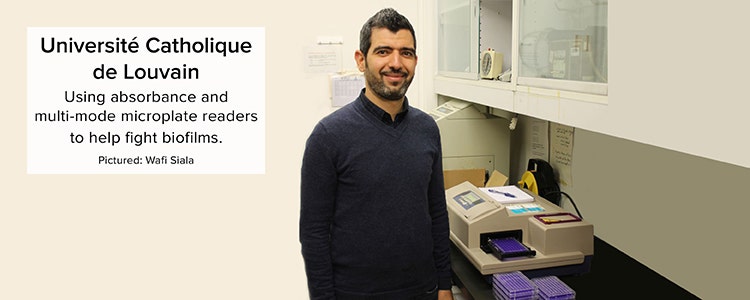
The Solution
The team needed to perform both fluorescence and absorbance measurements, for which they had acquired two types of microplate readers; the VersaMax ELISA Absorbance Reader and the SpectraMax M3. The SpectraMax M3 allows multi-mode measurements and provides the team with greater flexibility.
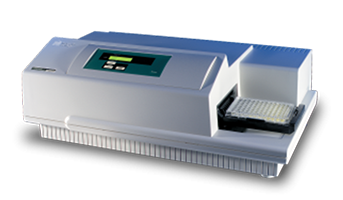
VersaMax ELISA
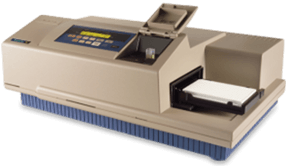
SpectraMax M Series Multi-Mode Microplate Readers
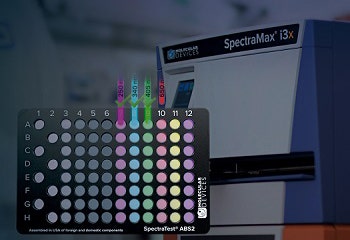
SpectraTest Validation Plates and Recertification
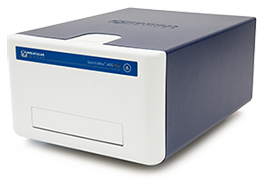
SpectraMax ABS and ABS Plus Absorbance ELISA Microplate Readers
Products Used
Every SpectraMax® M Series Multi-Mode Microplate Reader does UV and visible absorbance, and fluorescence intensity measurements on microplates and cuvettes.
Make the most of your budget with the VersaMax™ ELISA Microplate Reader, our affordable, visible spectrum absorbance reader for 96-well microplates. This richly featured reader gives you the speed, convenience, and economy of monochromator-based wavelength selection for visible absorbance measurements between 340 nm and 850 nm, so you can accomplish more, with less.